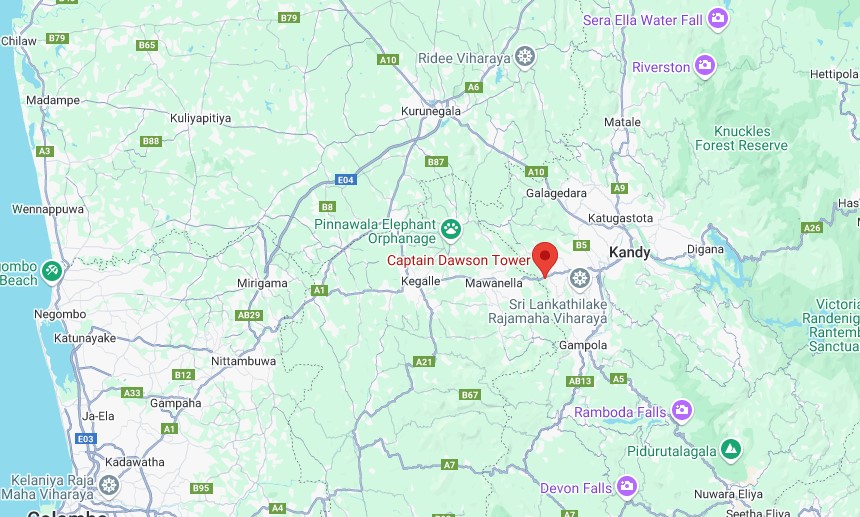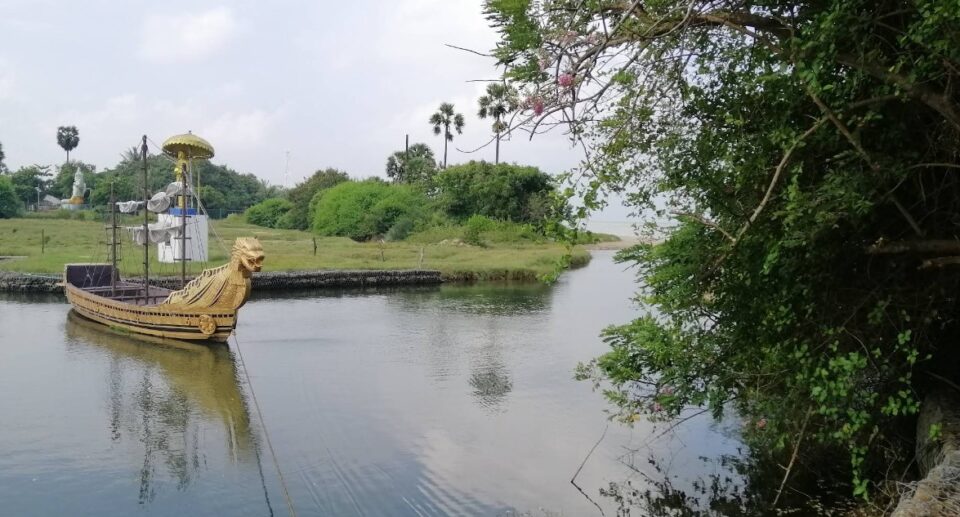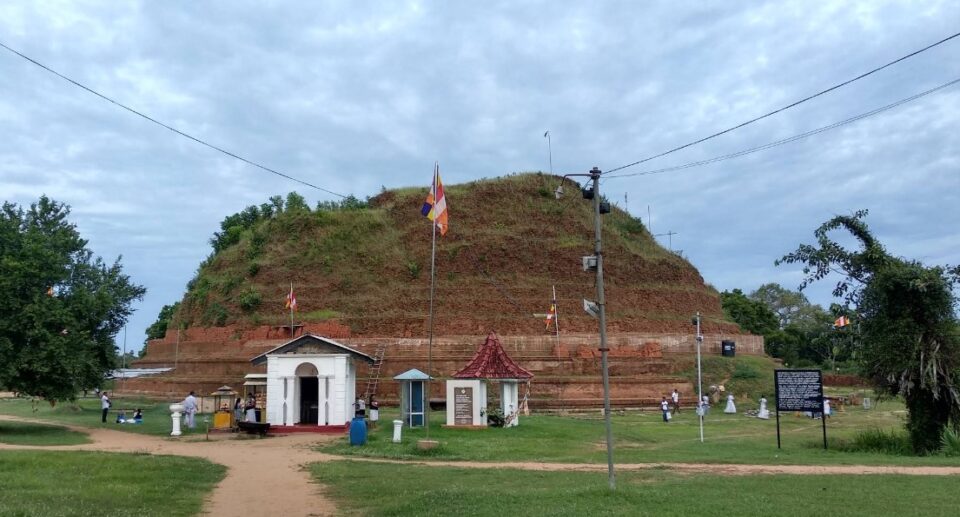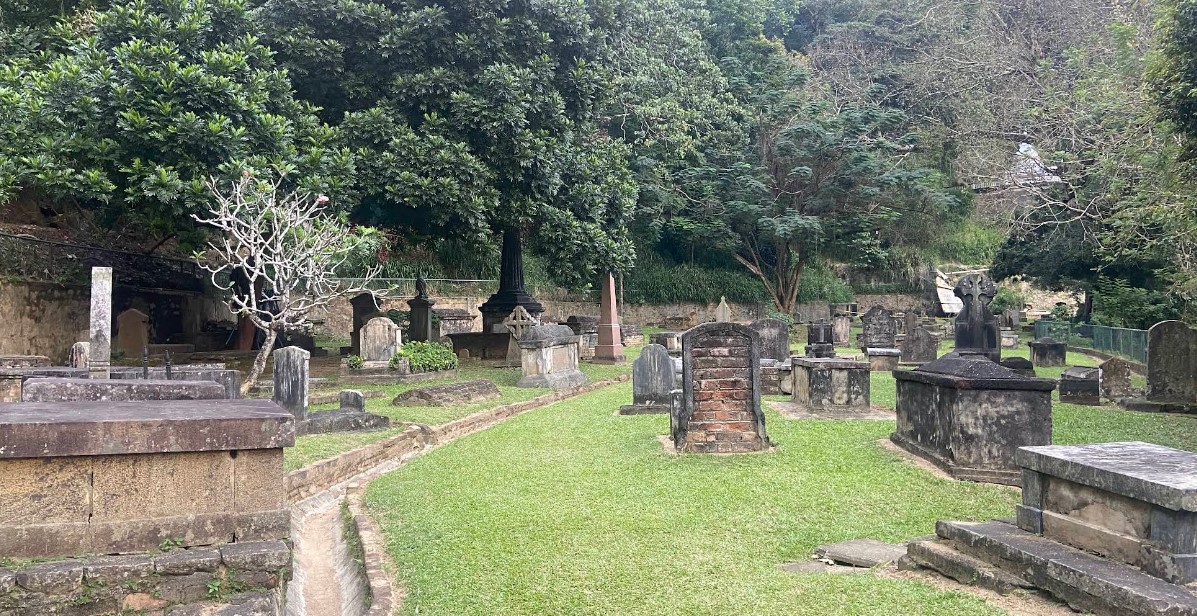Captain Dawson Tower Kadugannawa: A Monument to Engineering and Legacy
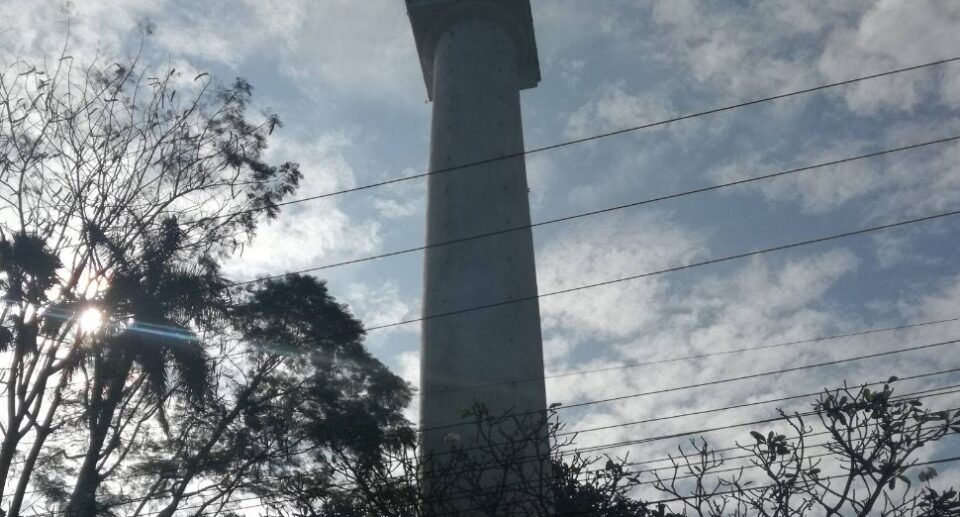
Tucked away amidst Kadugannawa’s green hills in Sri Lanka’s Kandy District, the Dawson Tower bears silent testimony to the past. Constructed during the British colonial era, this modest yet historically significant landmark commemorates Captain William Francis Dawson, the brilliant engineer who spearheaded one of the most visionary infrastructural projects of the early 19th century the construction of the Colombo – Kandy road, the island’s first modern highway in the interior.
Set against the scenic landscape of Sri Lanka’s central hill country, Dawson Tower is more than just a pile of stones. It is a milestone in Sri Lanka’s transportation history, a tribute to determination and engineering ingenuity, and a reminder of the colonial legacy that helped establish much of the island’s modern infrastructure.
The Historical Context: A Road to the Hill Capital
The British established full control of Sri Lanka (Ceylon then) in 1815 with the fall of the Kandyan Kingdom, putting an end to centuries of indigenous rule. With the central part of the island now under colonial control, the British needed an effective connection between the new conquest and the base in Colombo. This was not just a logistical problem; it was vital for political control, military movement, and the expansion of trade particularly with the advent of plantation agriculture.
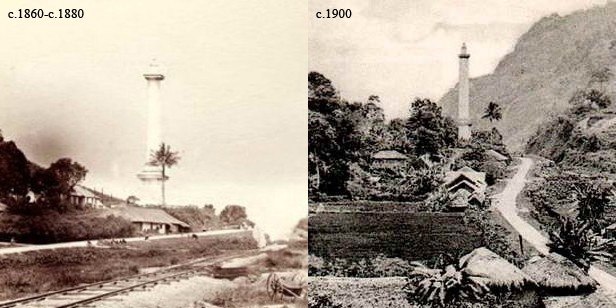
In 1820, the British government commissioned Captain William Francis Dawson, a young officer of the Royal Engineers, to build a decent road linking Colombo and Kandy, cutting through the treacherous mountain ranges and deep gorges that had been the natural defenses of the Kandyans in the past.
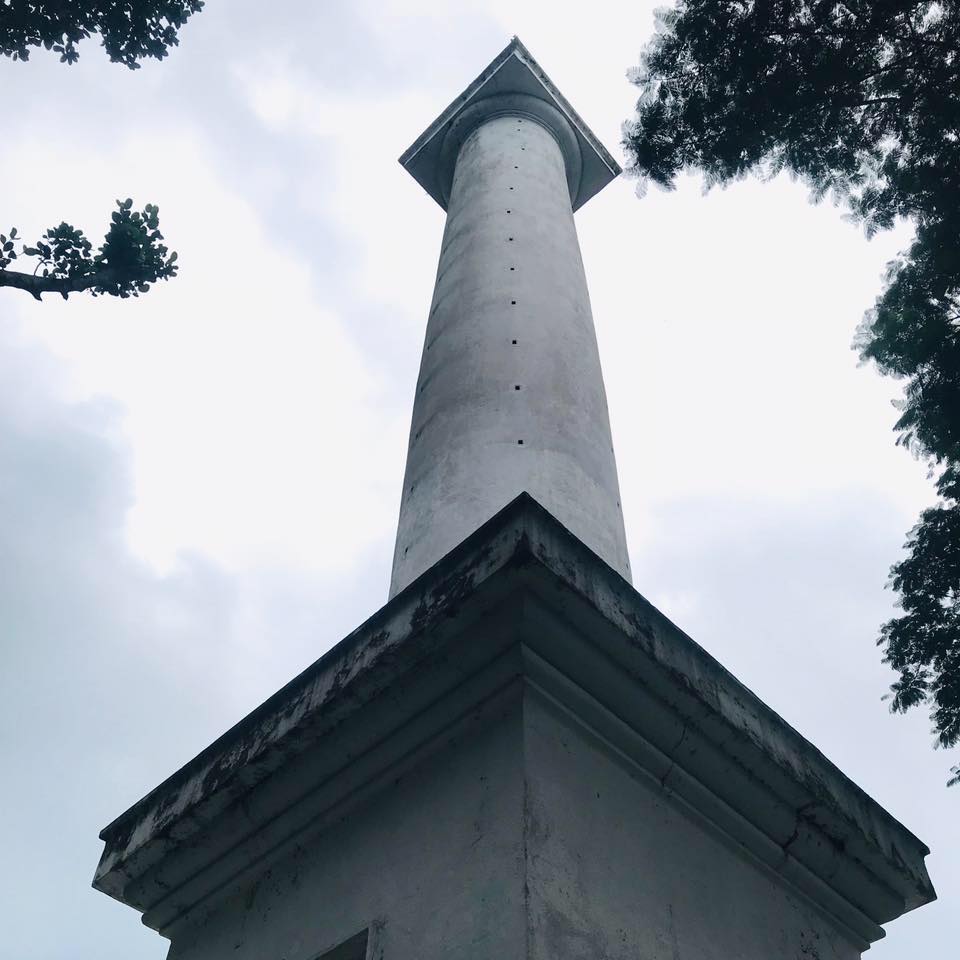
Captain Dawson’s Vision and Sacrifice
The Colombo–Kandy road was a prestigious and challenging project. Unlike the coastal areas, the interior was thickly wooded, mountainous, and full of mosquitoes carrying diseases. Despite these challenges, Captain Dawson, a person well known for his genius and leadership, led the construction team with precision and commitment.
He implemented various engineering innovations like cuttings through hills, retaining walls, and gradual gradients so that the road would not only be usable but also long-lasting. His work paved the way—literally for road-building practices in the modern era for the country.
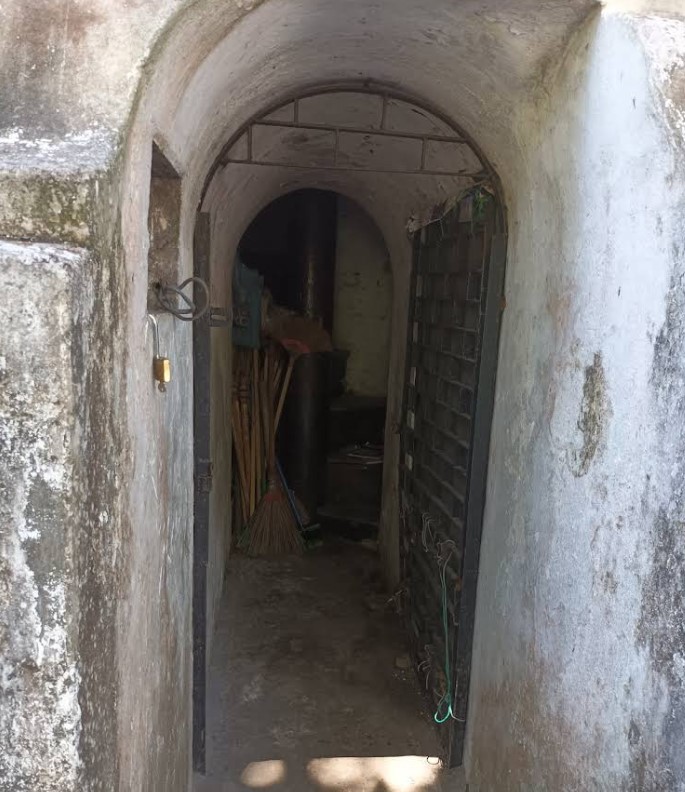
Unfortunately, Captain Dawson did not live to see the completion of his magnum opus. He passed away due to malaria in 1829, in the middle of the construction. His untimely death at the young age of 30 shocked the colonial government and engineering community.
In his memory and sacrifice, the British erected Dawson Tower at Kadugannawa Pass, which was one of the most difficult parts of the road. It was placed on a hill overseeing a dramatic bend in the road with a bird’s-eye perspective of the engineering marvel he helped create.
Design and Architecture of Dawson Tower
Dawson Tower is a simple, plain cylindrical stone tower, approximately 20 meters (65 feet) tall, on a circular platform. It is designed in the neo-Gothic style, reflecting British colonial tastes at the time, with tall narrow vertical openings and a conical apex recalling the turrets of medieval towers.
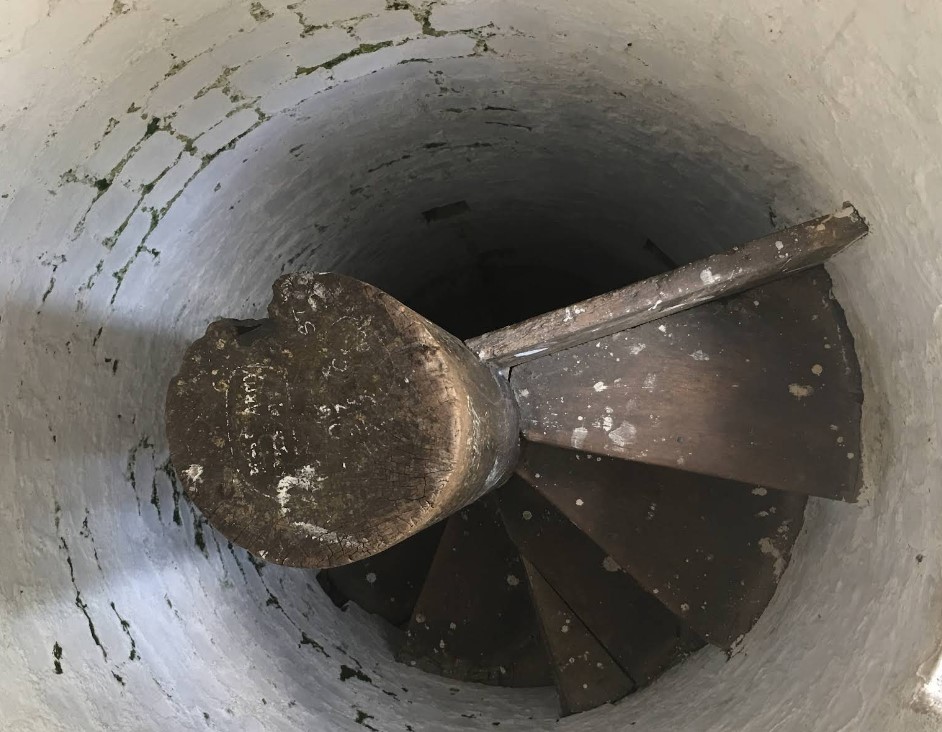
It is not detailed elaboration but symbolic presence that distinguishes the tower. At a strategic observation point on the Kadugannawa slope, it’s readily visible from the road below.both tribute and landmark. A stone plaque at the foundation provides a modest dedication to Captain Dawson and his work.
Not open to the public by design, the tower is occasionally a point of interest for school groups, local tourists, and those with a passion for colonial history and engineering.Kadugannawa: More Than Just a Pass
The town of Kadugannawa, where the tower is located, is itself of geographical and historic interest. It lies on the A1 road, the modern counterpart of the ancient Colombo–Kandy road, and is renowned for its steep inclines, misty hills, and “Kadugannawa Tunnel”, another tribute to Dawson’s engineering.
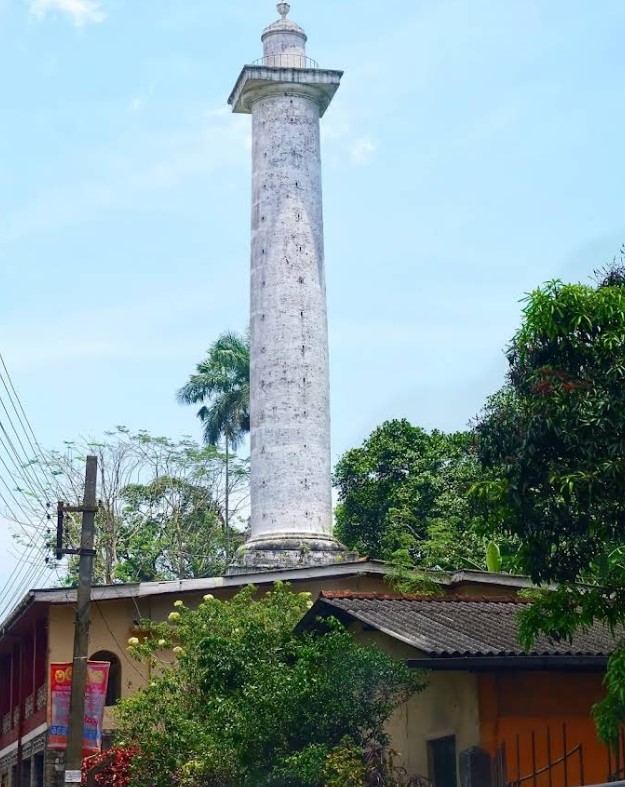
The tunnel one of Sri Lanka’s earliest road tunnels was cut through solid rock and continues in use today. Tradition states that Dawson had to convince skeptical officials that the rock could be cut through. Having done so successfully, it was an icon of engineering triumph in Sri Lanka.
Places of interest in the area include: Kadugannawa Railway Museum, showcasing the history of the rail network, another giant colonial achievement. Gannoruwa Battle Site, the last major battleground between the Sinhalese and the colonialists.
Viewpoints along the Kadugannawa Pass with stunning vistas of the central highlands.
Symbolism and Legacy
Dawson Tower is a tribute to innovation, sacrifice, and colonial ambition. It is not just a memorial to a man but to a turning point in Sri Lanka’s evolution from a collection of kingdoms to an integrated, modern nation.
The Colombo–Kandy road revolutionized trade and administration. It made the coffee and later tea plantations of the hill country possible, contributing significantly to the colonial economy and, eventually, the global fame of “Ceylon Tea.” It also started Sri Lanka on the road to a modern state, laying the groundwork on which roads, railways, and other infrastructural developments were established.
At the same time, the tower is also a reminder of the human cost of empire-building young lives lost in far-off lands, local populations uprooted, and cultural landscapes transformed. To Sri Lankans, it can inspire both wonder at technical prowess and reflection on colonial legacy.
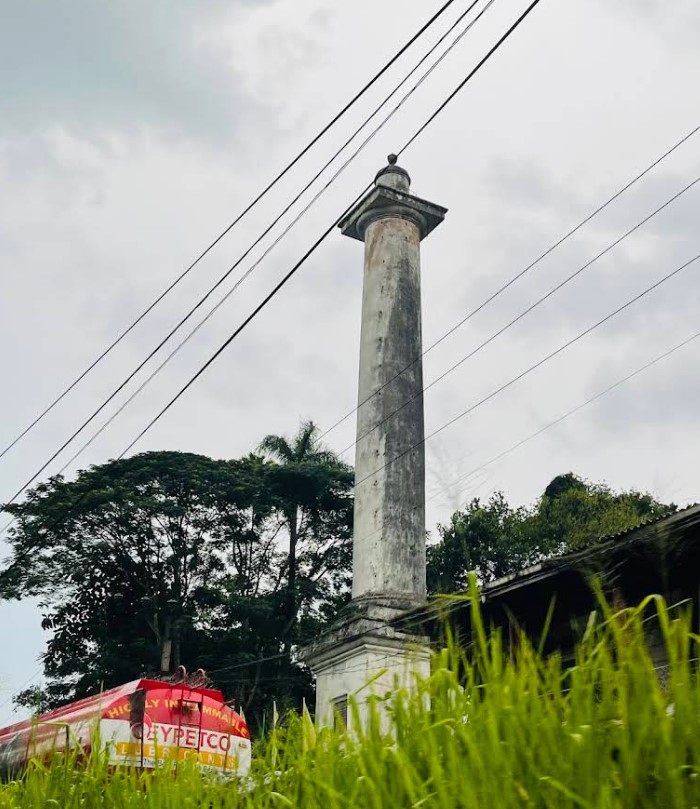
Preservation and Current Status
Despite its historical value, Dawson Tower isn’t over-commercialized. It’s maintained by local authorities but is saved from excessive tourist activity. This subtle modesty only adds to its charm, and it’s a great stop for history enthusiasts, architecture lovers, and curious travelers en route to or from Kandy.
In recent years, there have been discussions of promoting awareness of Sri Lanka’s engineering heritage, and Dawson Tower is typically mentioned as one of the key landmarks in that narrative. Schools frequently use it as a case study in colonial history and civil engineering.
How to Visit Dawson Tower
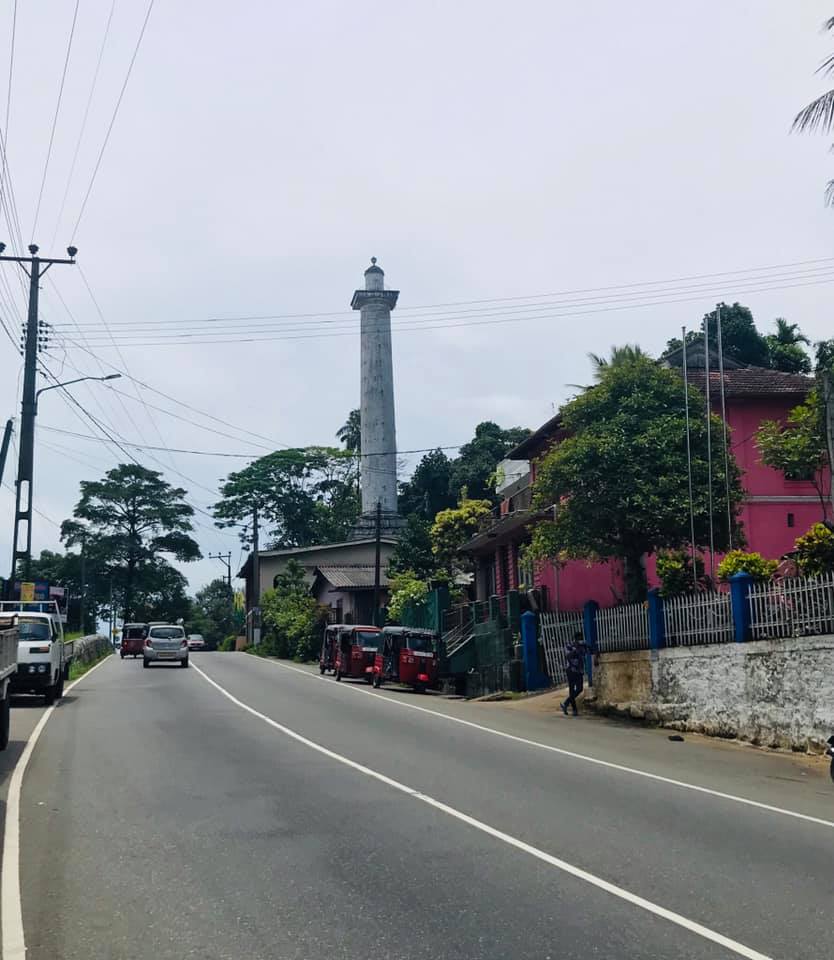
Location: Dawson Tower is located in Kadugannawa, approximately 100 km from Colombo and 15 km west of Kandy, right on the A1 road.
Getting there: From Colombo: Take a drive or bus/train to Kandy; Kadugannawa is on the way.
From Kandy: 20-minute drive on the A1 road. The tower is visible from the road and accessed by a short walk from the base of the hill.
Best time to visit: Late morning or late afternoon for best light and more comfortable temperatures. Avoid midday when the sun can be intense.
A Tower of Tribute
Though easily overlooked by hurried travelers, Dawson Tower remains a meaningful monument one that tells the story of a young engineer’s vision, the colonial impulse for connectivity, and the indelible mark of infrastructure on a nation’s destiny. As you stand before the stone tower, watching traffic snake along the curved highway below, it’s easy to imagine the effort it took to carve a path through these hills two centuries ago.
A visit to Dawson Tower for travelers between Colombo and Kandy offers not just a scenic break, but a window into Sri Lanka’s crossroads of history, where challenge, ambition, and engineering converged on a Kadugannawa hillside.
Located on Kadugannawa in the Kadugannawa Pass next to the Colombo – Kandy Road, the first modern highway in the island. Work began on the Colombo – Kandy Road
Contact Information
Address: Kadugannawa, Sri Lanka.
Phone: 0773820017
Map of Captain Dawson Tower
